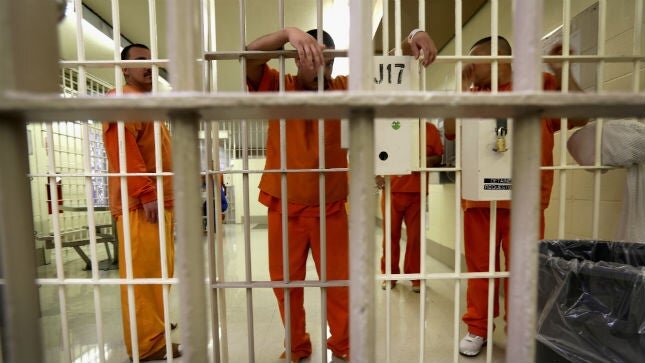Black Workers Get Class Action Certification in Race Discrimination Case
Lynnette Miner, Litigation Fellow
The Western District of Washington recently certified a class of black workers asserting claims of race-based discrimination based on subjective decision-making in the hiring and firing process of workers at the Sound Transit “University Link” light-rail project. The case is Rollins v. Traylor Bros., Inc., No. C14-1414 JCC, 2016 WL 258523 (W.D. Wash. Jan. 21, 2016).
Background
After allegations of discrimination and harassment against black laborers at the Traylor Bros., Inc./Frontier-Kemper Joint Venture (“TFK”) site. Sound Transit hired an expert (Marcella Flemming Reed) to investigate. The expert concluded that the contractor defendants’ subjective decision-making in hiring and firing workers had a disparate impact on black workers. Nayak Polissar, an independent statistician, also contributed to the study. Based on these results, the Sound Transit Board mandated an “Action Plan” to address the issues.
Plaintiffs—black laborers who worked at the TFK site—brought claims under Title VII and the Washington Law Against Discrimination, and sought to certify the following class under Rule 23(b)(3): “a class of laborers of African American descent with dark skin and/or appearing African American . . . who worked for Defendants at the University of Washington Sound Transit Link Light Rail project and were dismissed shortly after being hired, dismissed after working only a few shifts, and/or otherwise treated unfairly.”
District Court’s Opinion
Regarding ascertainability, the district court concluded that determining whether potential class members “appear[] African American” was “a complicated task,” that “nationalism seem[ed] particularly irrelevant,” that certain terms were ambiguous, and that other terms could require the court to engage in a merits determination to identify class members. The court adjusted the class definition to be as follows and then found it to be ascertainable: “A class of laborers who identify as black or believe that Defendants perceived them as black, and who worked for Defendants at the University of Washington Sound Transit Link Light Rail project and were not hired after being dispatched, were hired but later terminated, and/or believe they were otherwise treated unfairly.
The court concluded that the numerosity requirement was met for the potential class size of 32, taking note of resource constraints and fears of retaliation.
The court concluded that the commonality requirement was met for both the disparate treatment and disparate impact claims. For the disparate treatment claim, the court considered “extensive” anecdotal evidence and “persuasive” statistical evidence and found that “because the TFK site was a ‘centralized, circumscribed environment,’ and because there is only a single kind of worker at issue here—laborer—this ‘generally increases the uniformity of shared injuries [and] the consistency with which managerial discretion is exercised.’” (alteration in original) (quoting Brown v Nucor Corp., 785 F.3d 895, 910 (4th Cir. 2015)). Plaintiffs’ statistical expert was Paul Torelli.
For the disparate impact claim, the court noted that “because only a single worksite is concerned, rather than an entire company, Plaintiffs must show that a ‘common mode of exercising discretion’ existed at the TFK site—an easier task” than in Dukes v. Wal-Mart. Plaintiffs asserted that the “use of discretion was tied to several employment practices that disadvantaged black laborers over their white counterparts: (1) “a common practice of asking applicants irrelevant or unhelpful questions in the initial interview”; (2) managers “base[d] their employment decisions on their subjective views of laborers’ appearances”; and (3) the defendants “had a practice of dismissing laborers without progressive discipline or documentation—and . . . when these decisions were documented, the records were often inaccurate.”
The court rejected the defendants’ arguments against adequacy of representation, including the argument that the plaintiffs could not bring disparate impact claims because they did not allege disparate impact in the EEOC charges. The court also approved a bifurcated trial plan—stage one for liability and the availability of punitive damages, and stage two for individual class members’ claims.








